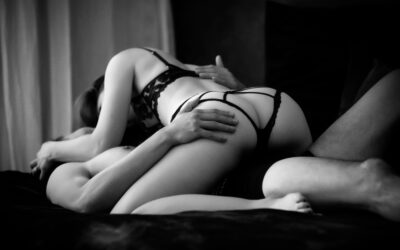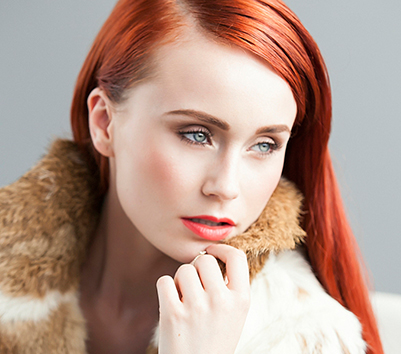Shadows can make or break a photograph, they can be beautiful or they can be unflattering. When it comes to controlling light and shadow in boudoir photography, the last thing you want is to create sharp contrasts with harsh highlights and hard shadows. With intimate portraits, you want your subject to be lit appropriately, and this typically involves soft lighting. But before we go into too much detail, let’s discuss the differences between hard light and soft light
Hard light is created when the light source is not evenly diffused, typically because the light either comes from a single source or is too far away from a subject. Soft light occurs when the light is evenly spread out or is controlled either through multiple sources or through a diffuser like a softbox or an umbrella. Hard light creates harsh shadows, and tends to enhance unflattering details in skin tone, soft light dulls shadows and evens skin tone.
How to Create Soft Light
Since we’ve determined that soft light is superior to hard light when it comes to intimate portraits, the next step is learning how to achieve it. The setup is simpler than you can imagine. The smaller the light source and the further away from the subject it is, the harder the light will be, the larger the light source and the closer it is to the subject, the softer the light will be.
Some tips to remember:
- Use natural light when available.
- Although the sun by itself is the worst kind of hard light, when it shines through a window, the window serves as a sort of diffuser that spreads out the light and will enhance the natural beauty of your subject.
Employ umbrellas and soft boxes with your lighting setup. - The point is to spread out the light evenly. Soft boxes expand the area the light coverages evenly, providing the perfect tool too create a soft looking light





